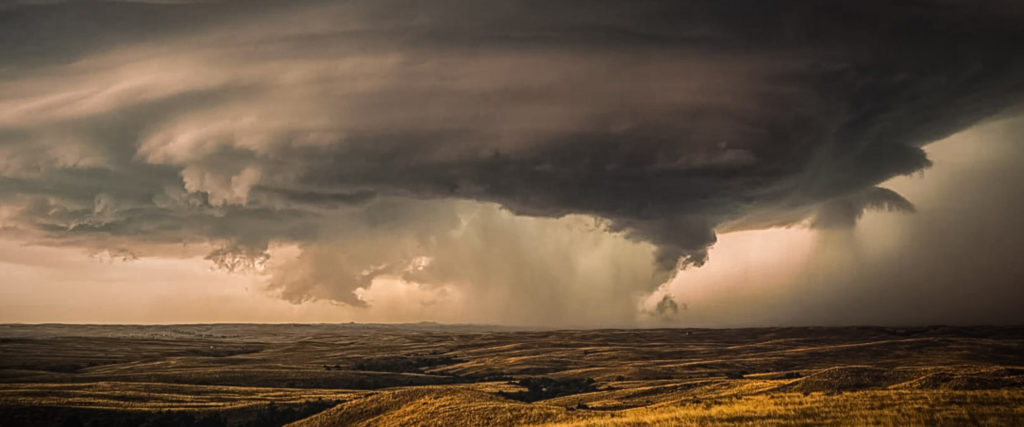
After Jesus told a crowd of his disciples that they had to partake of his flesh and blood to receive eternal life, many of them responded by saying “This is a hard teaching. Who can accept it?” It was a hard teaching, but I want to warn anyone who’s thinking about reading further that Thanatism is much harder. Although Christianity may require an extraordinary leap of faith before one can participate in eternal life, at least there is SOME way to get there. Thanatism offers no such assurances. In fact, just the opposite.
It asks us to personally accept that we are dying. There is good reason that most of us choose not to live daily with this acceptance–our personal and collective mortality is the saddest truth of life. It means knowing that everything we have been, are, or could be, at some point in the future, will be vaporized in an instant–forever. I will also explain ways to make death present, and I assure you, no matter how prepared you are, having death that present will hurt. Ultimately I believe that burying what we already know about death hurts more, but it’s more of a gradual ache. Making death present can drive you to your knees.
Conversion–that is the reworking of your world view from a new core belief–can also be hugely disorienting, and the realities that Thanatism asks us accept make that reworking all the more challenging. Because of that, Thanatism isn’t for everyone. So just be careful when reading this. I believe I’ve come through the other side a stronger person, but I have no proof that my experience is typical. I in no way want to cause anyone real harm. If it seems like too much, stop reading. And if it’s still too much, visit us at thanatism.org, and we’ll do what we can to help.
Before you commit to reading further, I also want to give you a sense of how we’re going to proceed. I’ve divided what follows into 4 sections. The first three of these explore how Thanatism can help us better relate to ourselves, then others, and finally to our society as a whole. We’ll spend most of the next year exploring these relationships, as Thanatism’s ability to make us better, both individually and collectively, is what makes Thanatism a faith worth exploring. The final section proposes some concrete practices that will help us instantiate our new-found belief into our day-to-day lives and into society as a whole.
I hope that you’re able to overcome the audacity of this project to move forward. I fully understand how any claim of a new faith must sound. I understand how weary we’ve all become of the notion of faith itself. There is something real in what follows though, and if you continue to the end, I won’t promise that you’ll be a new person ready to change the world, but I can promise that you’ll have read something interesting, and that by some miracle, well beyond my skills to express it, what follows might just be a key to unlocking a future that we all very much want and deserve.
